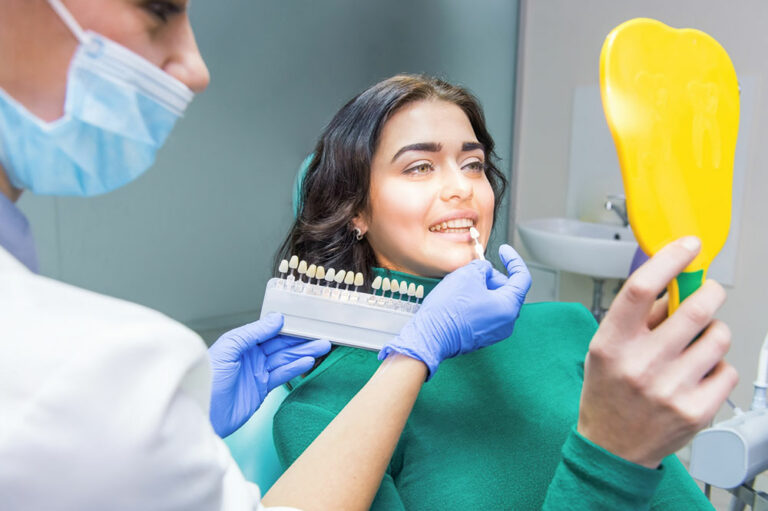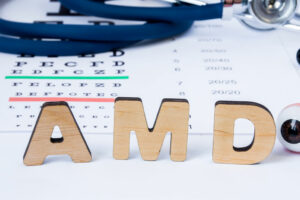
9 signs one needs to consider dental implants
Healthy, white teeth are embellishments to a smile, so missing a tooth or two can be a matter of concern for many. Dental implants help one gain replacements for their lost teeth, completing one’s smile. With a 98% success rate, these implants are becoming increasingly popular nationwide, and many find them better alternatives to dentures, which aren’t permanent fixtures. If one’s teeth start to exhibit certain signs, it’s probably time to consider dental implants. 1. Cracked or broken teeth Cracked or broken teeth usually can be fixed, but in advanced cases with too much damage, the teeth must be extracted. In such cases, one may want to opt for dental implants to replace the extracted teeth, not only for aesthetic purposes but also to avoid pain and discomfort when biting something hard or crispy. 2. Periodontitis This condition involves severe gum inflammation, which might cause infection. This infection may spread to the bones and other tissues in the oral cavity, especially if the condition isn’t diagnosed early. In advanced cases of periodontitis, the infected teeth need to be extracted and may be replaced by dental implants. 3. Problems with chewing Chewing difficulties may be caused by several factors, including misaligned teeth, a gap where a tooth may have been extracted previously, and dentures that don’t fit well.
Read More 









